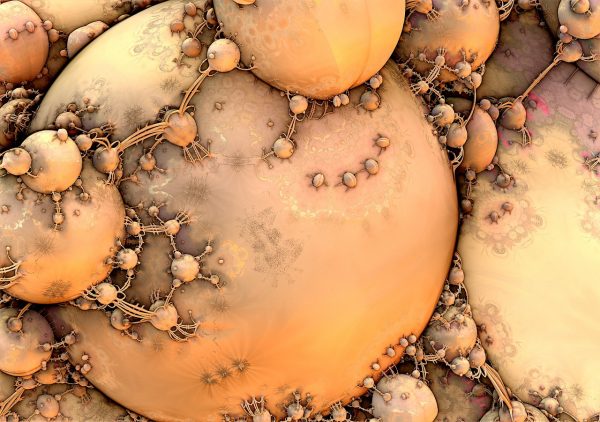For a few minutes on Jan. 23, 2017, the coldest spot in the known universe was a tiny microchip hovering 150 miles over Kiruna, Sweden.
The chip was small — about the size of a postage stamp — and loaded with thousands of tightly-packed rubidium-87 atoms. Scientists launched that chip into space aboard an unpiloted, 40-foot-long (12 meters) rocket, then bombarded it with lasers until the atoms inside it cooled to minus 459.67 degrees Fahrenheit (minus 273.15 degrees Celsius) — a fraction of a fraction of a degree above absolute zero, the coldest possible temperature in nature.
While the rocket bobbed in low gravity for the following 6 minutes, scientists were given a rare opportunity to study in-depth the weirdest, least-understood state of matter in the universe — the Bose-Einstein condensate. For the first time ever, scientists had created one in space.
Unlike the other four states of matter (solids, liquids, gases and plasmas), Bose-Einstein condensates can form only when clouds of gassy atoms cool to within a few billionths of a degree above absolute zero. When groups of atoms are cooled to such unfathomably low temperatures, they stop moving as individuals and meld into one big “super atom.” Tens of thousands of atoms suddenly become indistinguishable from one another, slowly vibrating on a uniform wavelength that can, theoretically, pick up the tiniest gravitational disturbances around them.
By Brandon Specktor – Full Story at Live Science



